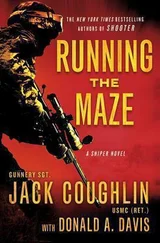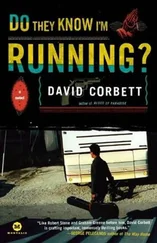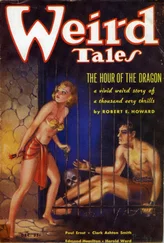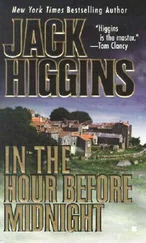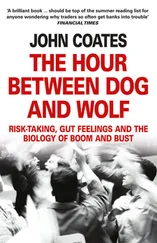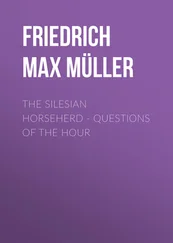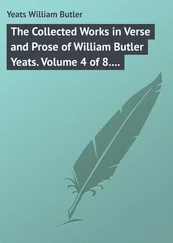I always had an image of where Tristan’s search would end. I’d gone hitchhiking in Iceland and I remembered a particular fjord, where I got dropped off and no more cars came. I lay down on a black sand beach and instantly fell asleep, as if I was meant to have some kind of vision. It felt like the end point of the long trip I’d taken across Europe, a destination I’d arrived at without knowing I’d been traveling toward a destination. I knew I wanted Tristan to end there. But what it actually meant for him to reach that fjord — the meaning of that developed as his story grew.
When talking about his research Tristan says, “All I need is one good piece of evidence, and I keep getting sidetracked. It’s hard because… every time I got sidetracked I found the best stuff.” How did you conduct your research for the novel? Do Tristan’s research methods mirror your own?
At the beginning I read very broadly. I got to Berlin with thick surveys of the Great War and Everest and Edwardian Britain. But eventually I realized that specific knowledge was far more useful than historical overviews. I didn’t need to know everything about Franz Ferdinand or British Imperial policy toward Tibet. What I really needed was to know what it felt like to be there. So I became obsessed with figuring out what the streetlights looked like in London in the summer of 1916, or what kind of dishes you could get in a good hotel, or what the mud felt like in the Somme that November.
A lot of that research was similar to Tristan’s. But he never worries about the thing that I found the hardest, which is getting inside a culture. It’s one thing to be correct with superficial details. But to be true to an entire vanished civilization — the way different people talked or acted, what they cared about, what they shared and what they kept to themselves — it’s nearly hopeless. The closest you can get is reading what these people left behind, their letters or diaries or memoirs. So I read as much as I could, until I felt neck deep in their world. No amount of research ever felt sufficient. But at some point I just had to close my eyes and imagine.
As Tristan researches more about Ashley and Imogen, he is often surprised. Did anything surprise you when you were conducting your own research for the book? If so, what?
I was surprised nearly every day. And if I wasn’t surprised, I’d feel like I wasn’t learning enough. It’s the surprising things that shift your view of a period, or give you details that later become important. I’d be trying to figure out how long it took to send a letter from the Somme to London, and I would read something unexpected about codes in soldiers’ letters. Often I barely noticed these things when I first read them, but they stayed inside me and came out later.
The best surprise was writing something from my imagination, then finding it mirrored an archive later, in a document I’d never seen before. It was usually trivial things — I’d imagine Imogen knitting an afghan, or Ashley writing a telegram about Poste Restante letters, or Eleanor ordering certain pigments from Paris. Then I’d read a letter mentioning knitting an afghan all night or Prussian blue pigments or Poste Restante letters. It felt like a small miracle every time it happened. I hadn’t done anything special, of course. I’d simply seen a detail elsewhere and it had entered my picture of the period, so I had put it in the novel. But it felt good to be vindicated.
Eventually the line dividing truth from fiction began to blur. I was going to the same places as Tristan and looking up the same things, and occasionally finding results similar to what I’d imagined Tristan finding. Sometimes the sense of unreality was so strong that I had to remind myself that the letters I was holding were real, that they had been written by real people who had held those pages at the Somme or on Everest. After dealing with so much fiction, the reality of history seemed too much to believe. But it was true.
The climbing sections of the novel are particularly vivid. Did you rely on books or other research to get a sense of what an Everest expedition might be like?
Everest has a wonderfully vast literature — a mythology of its own — but it can be overwhelming. I studied every relevant book I could find, but also photographs, maps, films, newspapers, climbing manuals, everything under the sun. It kept me busy for years. The 1920s expeditions left behind detailed records in the Geographical Society and the Alpine Club in London. There I was able to see things like climber’s diaries and detailed equipment lists, as well as many letters.
But I most wanted to understand what it felt like to be up there in a tent in a blizzard, or traversing stone slabs in nailed boots. The official expedition books were fairly dry, but fortunately the memoirs of climbers from the 1920s and 1930s expeditions were often vivid. I also read more recent climbing books, because although the equipment and techniques have changed, the sensations of cold or altitude are largely the same.
Eventually I went to Everest myself, traveling through Tibet to the base camp. It was an incredibly hostile environment — even more cold and dry and windy than I’d imagined. But the mountain was hypnotizing. I could have stared at it for days. Finally I understood the magnetism of it, the reason that men like Mallory kept coming back. Once you’ve seen Everest, you’ll never forget it.
Your characters are so well fleshed out, they feel like people that your readers should know. Were they based on anyone in the historical record? How did you come up with them?
History was always the starting point. Ashley is a climber and Imogen is from a very specific background, so I began by imagining the world they would have come out of, the kinds of people they might have known. The best way into this was looking at real people. Eleanor and Imogen seem to have been influenced by Virginia Woolf and her sister Vanessa Bell, the painter, but I didn’t do that deliberately. Eventually it just creeps in.
In the same way, you couldn’t imagine a character like Ashley without the examples of the original Everest climbers, particularly George Mallory. He was such a magnetic spirit that you get the idea that all the Everest climbers were men of great artistic and intellectual passion. But they were actually quite different. I tried to get to know all kinds of climbers from the period to broaden the foundation for Ashley’s character.
But no matter what your inspiration, characters ultimately just need to feel human. I might decide that Imogen loved Nijinsky’s dancing or Laforgue’s poetry, or that Ashley was an advocate of guideless climbing. But what really defined Imogen was her passion, a kind of emotional conviction I’d witnessed in certain people in my own life. In Ashley’s case, I began to understand him through his humor, a gallows humor I’d often seen in books and letters from the war. I thought Ashley’s humor might conceal what he really cared about. So you start with history, but ultimately the characters grow from what you believe about people. And your imagination.
What would you like your readers to take away from Tristan’ s quest?
The beauty of literature is that everyone can take away something different. I see fiction as a kind of mirror to the world — a human reflection, not a factual one — and I don’t think novels should have a single meaning any more than life does. I try to tell a story without telling the reader how to feel about the story. The hope is that if you place readers close enough — until they’re experiencing what’s happening before them — they’ll have their own emotions, richer and more individual than anything a writer could impose.
Читать дальше

